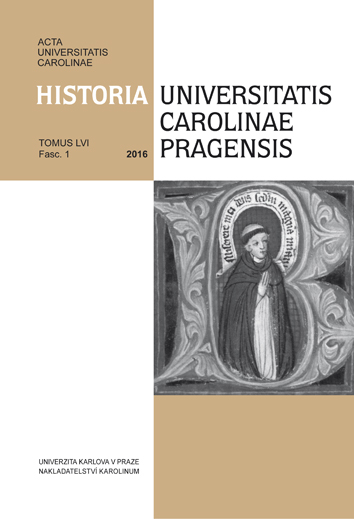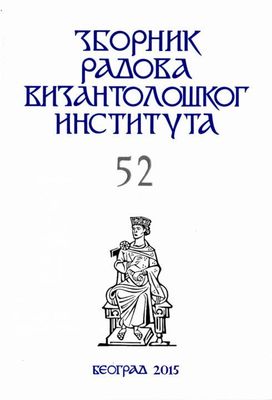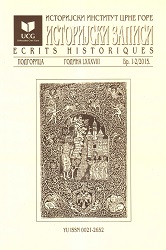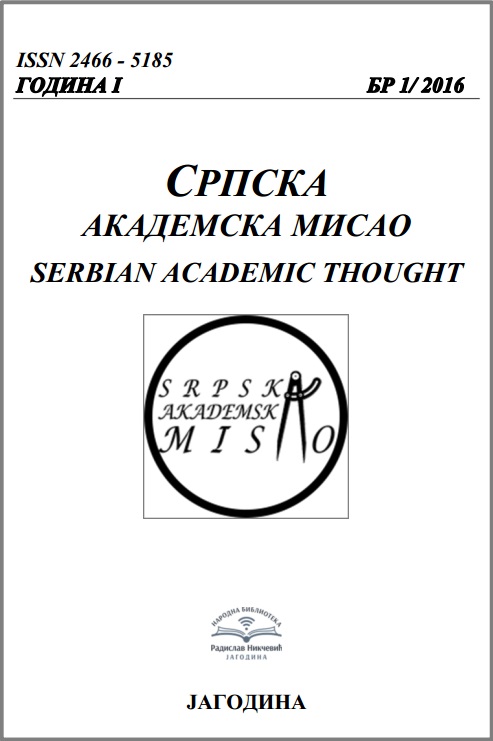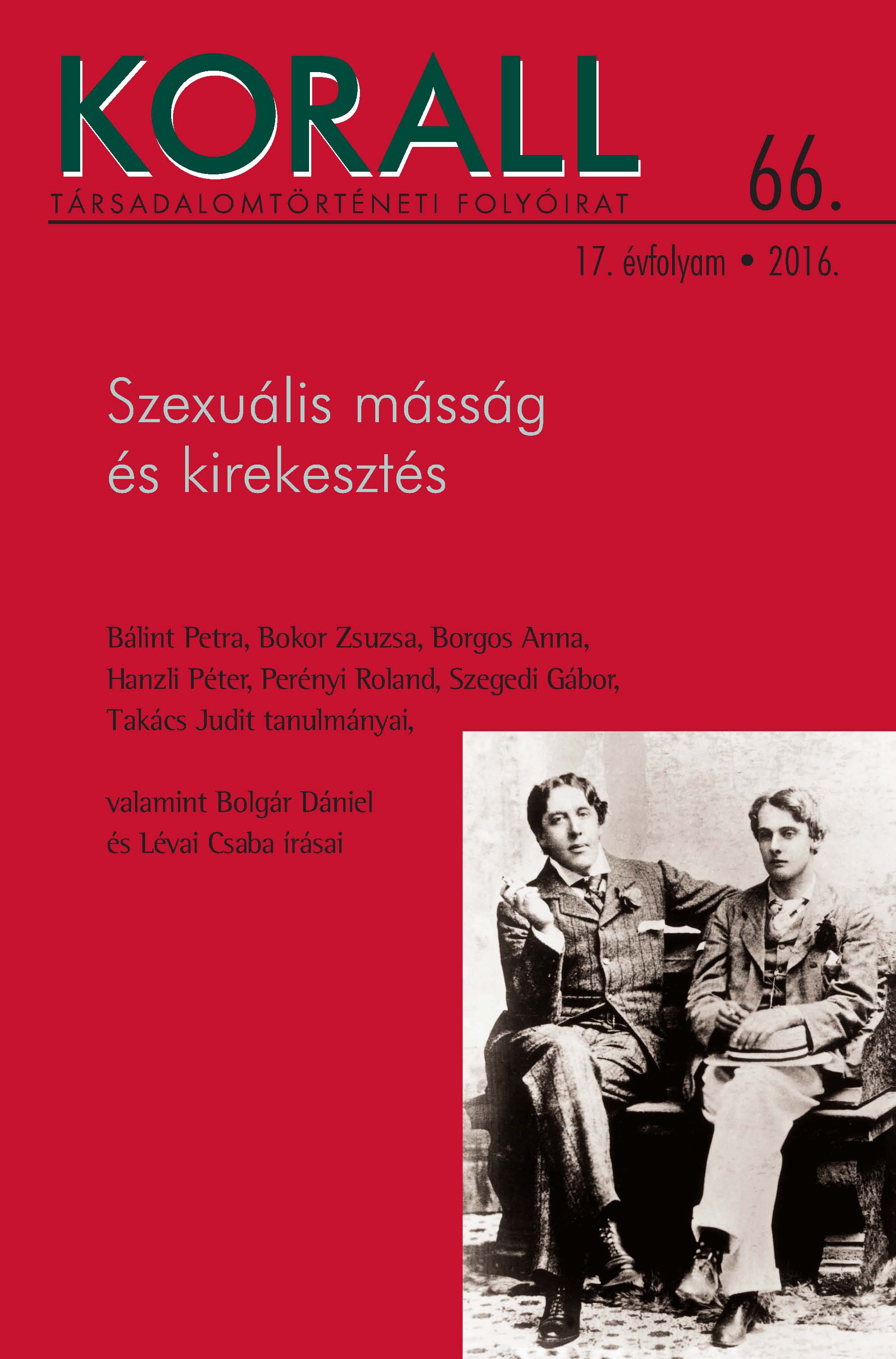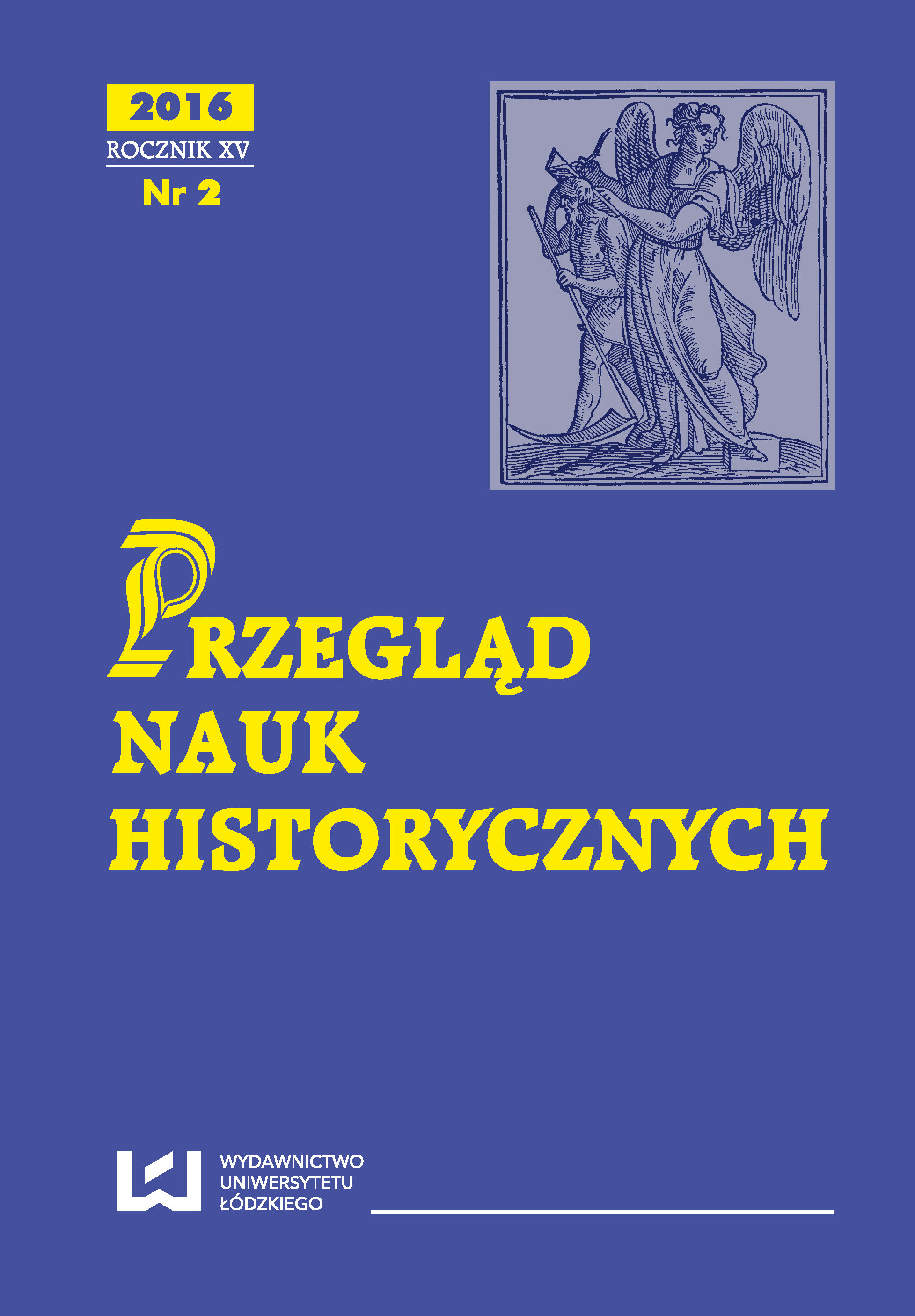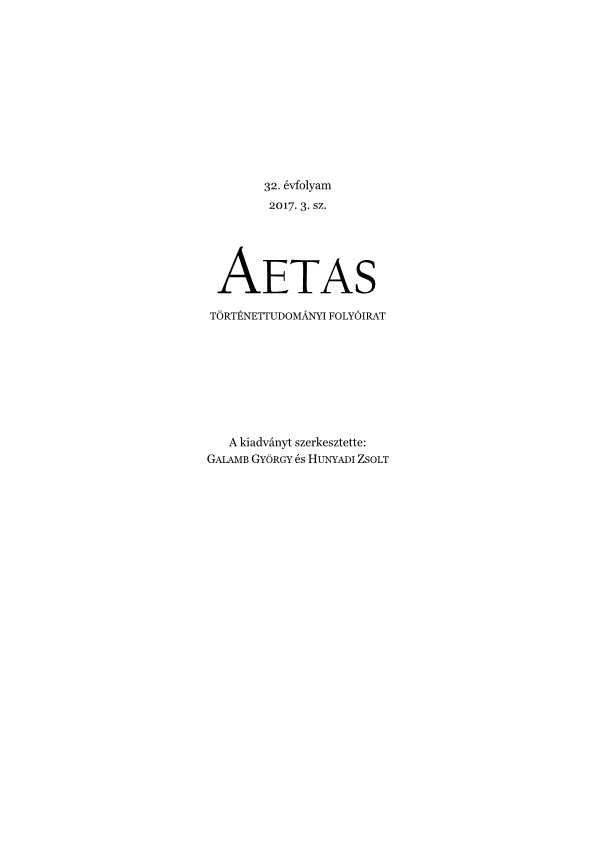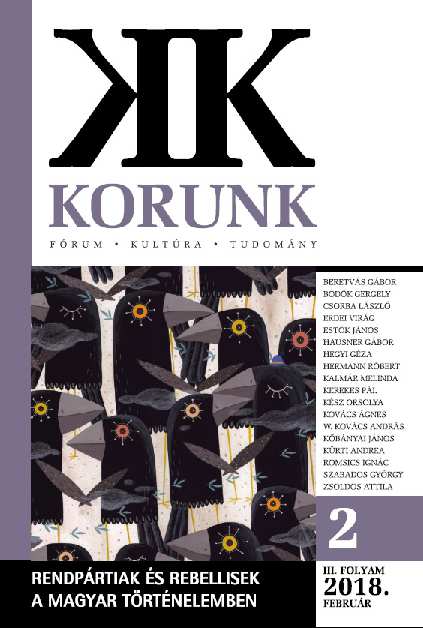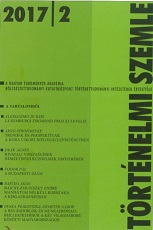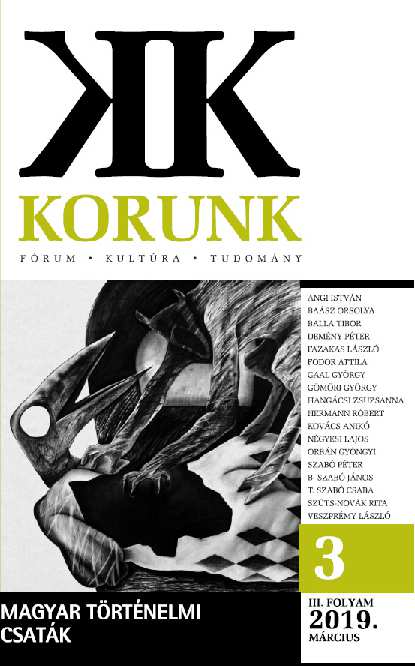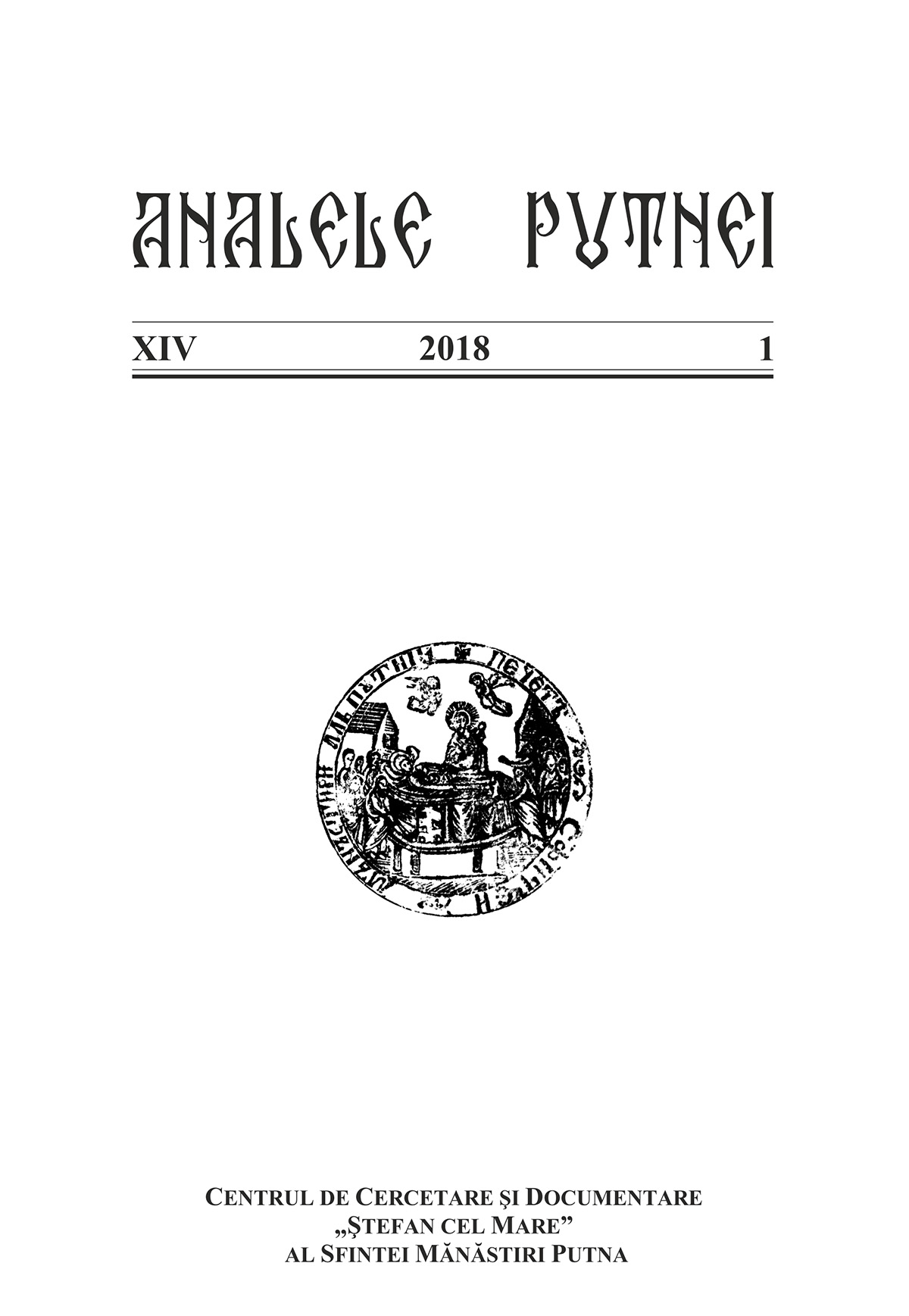Ţările Române în Chronica lui N. Schaedel (sec. XV): text şi ilustraţie
Liber Chronicarum is a true encyclopaedia that includes history, philology, geography, hagiography and martyrology, ecumenical councils, religious sects and orders, biographies of those who distinguished themselves on the stage of history since the beginning of the world until the times when the book was completed. For most towns, lands, or characters – either biblical or historical – a limited number of templates was employed (645 woodcut blocks for 1809 images), consequently each block was reproduced several times. An instance of pattern employment was the repetition of the same image used to represent Hungary, Wallachia, Prussia and Saxony at a few pages distance in the text taken form pope Pius II’s work, Aeneas Silvius in Europam, Memmingen, 1440. In the 23 rows of the text accompanying the picture called “Walachia” there are several pieces of information on the geographical position of the country and her neighbors, and it is stated that the language spoken by the “Vlachs” has Latin roots and it underwent changes. Updating the information, the text mentions that there are two rival parties in Wallachia, “Dăneştii” and “Drăculeştii”, that their enmity has nefarious consequences within the context of the struggle against the Turks, as well as the part played by Iancu of Hunedoara in the victories gained in this struggle. The latter is also mentioned when Hungary is described, particularly in the part on Transylvania, which the text notes that was once inhabited by Dacians; Iancu of Hunedoara’s Romanian origin, his valiance and his many battles against the Turks are mentioned here.
More...
